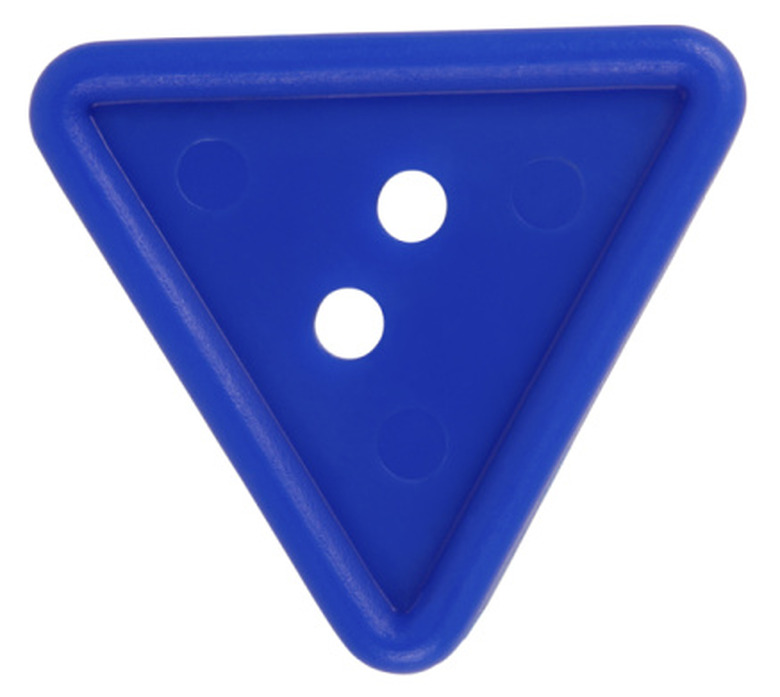Simple Ways To Figure Out Angles
When learning geometry, students will work with shapes and angle measurements. Angles can be calculated in many ways, including the application of mathematical formulas and practicing logical deduction. Some approaches to measuring angles require special tools.
Triangle Rule
Triangle Rule
When asked to calculate the sum of the angles in a shape, count how many triangles can be made from the vertices of the shape. The vertices are a shape's corners, the point at which two lines meet. For example, the sum of a square's angles is 360 degrees. Draw a line from one corner in a square to the opposite diagonal corner. This creates two triangles. If a square contains two triangles, that means that the sum of the angles in the triangle will be half of 360 or 180 degrees.
Protractor
Protractor
In order to determine the exact measure of an angle, use a protractor. A protractor is a tool shaped like a half circle, which has two sets of degree measures printed on the arc . Place the open hole of the protractor over the vertex of the angle, the point at which the two rays of an angle meet, to be measured. Line up the 0 degree line to one ray of the angle. The number that appears where the other ray intersects the outside edge of the protractor will be the angle's measurement.
Related Angles
Use related angle principles when working with parallel lines cut by a transversal, which is a straight line that cuts through the parallel lines. There are three key points to remember. First, vertical angles, or angles that form an "x-shape," are equal. Second, corresponding angles or angles which are found in the same location on parallel lines are equal. Third, interior angles or two angles that are adjacent to each other and form a straight line when combined, are equal. These related angles will all add up to 180 degrees.
Exterior Angle of a Triangle
Exterior Angle of a Triangle
Another way to find the angle in a triangle is to apply the exterior angle of a triangle rule. This rule says that the exterior angle is equal to the sum of the other interior angles in any given triangle. To illustrate this concept, draw a triangle. Take any side of the triangle and extend it beyond the triangle using a ruler. The angle that is formed outside of the triangle is the exterior angle. Measure the exterior angle using a protractor. It is then possible to calculate the supplementary interior angle. For example, if the exterior angle is 50 degrees, subtracting 50 from 180 will give the result of 130 degrees. This is the measurement of the supplementary interior angle. Once this interior angle measure is known, the sum of the remaining interior angles has to be 50 degrees, because the three angles of any triangle must total 180 degrees. Notice, additionally, that the exterior angle will be the same number as the sum of the two other angles inside the triangle.
References
Cite This Article
MLA
Kim, Jen. "Simple Ways To Figure Out Angles" sciencing.com, https://www.sciencing.com/simple-ways-figure-out-angles-8547835/. 24 April 2017.
APA
Kim, Jen. (2017, April 24). Simple Ways To Figure Out Angles. sciencing.com. Retrieved from https://www.sciencing.com/simple-ways-figure-out-angles-8547835/
Chicago
Kim, Jen. Simple Ways To Figure Out Angles last modified August 30, 2022. https://www.sciencing.com/simple-ways-figure-out-angles-8547835/
